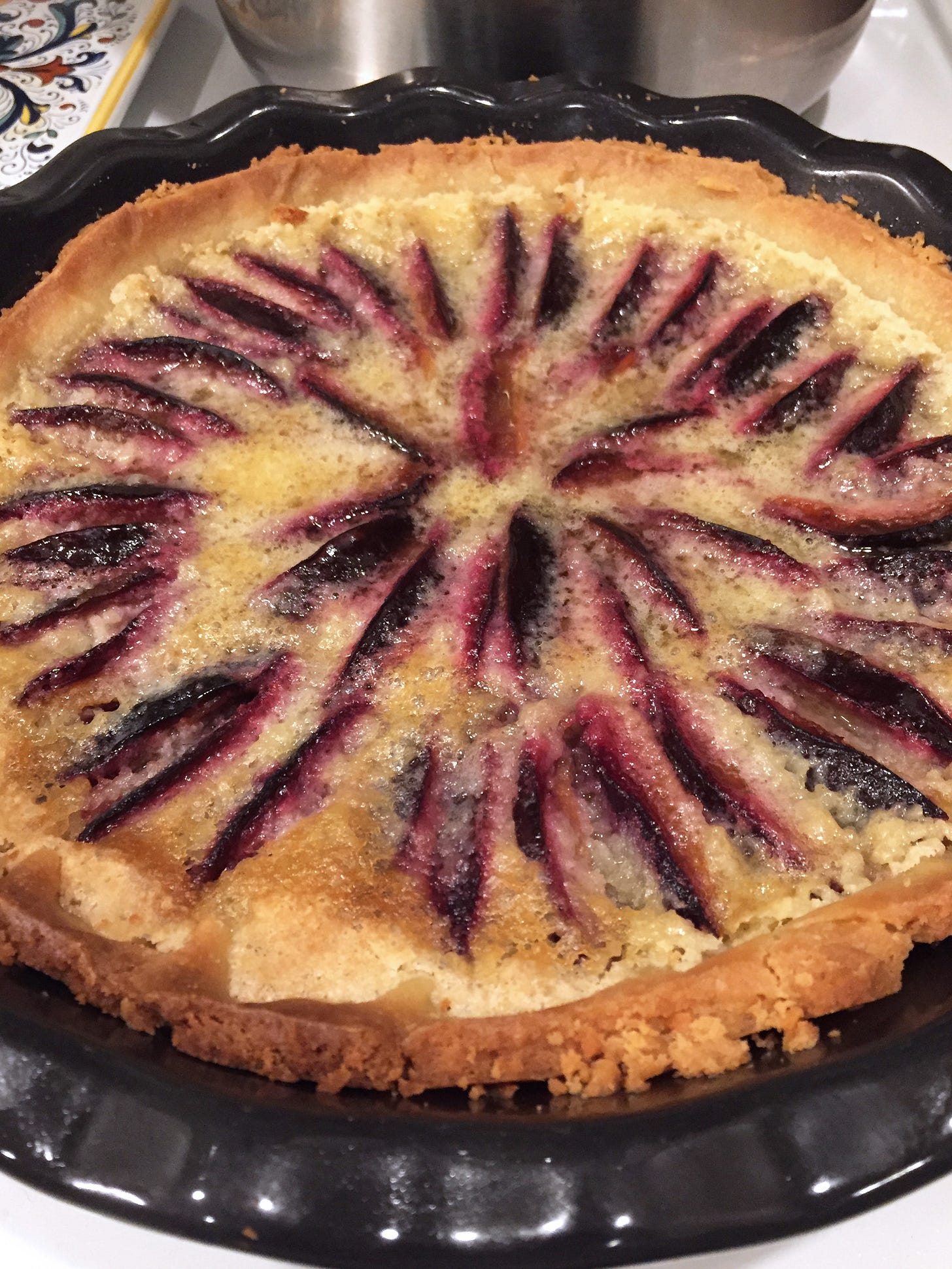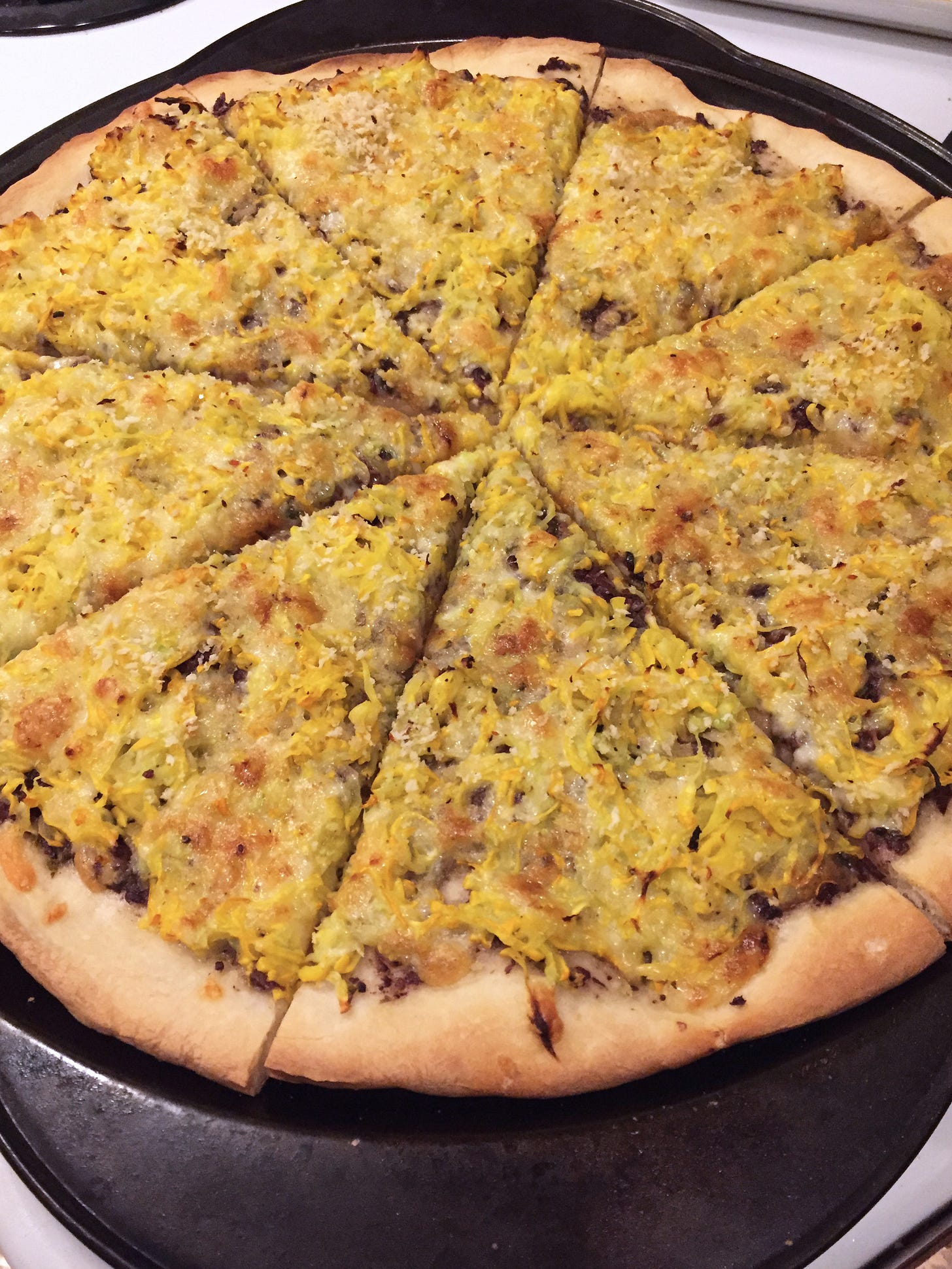Happy autumn equinox, everyone— just a little less than three months until the days start getting longer again. Thankfully the election is over, and while things didn’t get any worse, they didn’t really get any better, and the government essentially just threw away a bunch of money that could have been used to actually make people’s lives better. It was almost worth it to watch reporters and newscasters collectively roast Maxime Bernier and the PPC all evening, but the fact that Trudeau has to date ignored about 95% of his election promises from 2015, let alone 2019, doesn’t exactly fill me with hope for our future.
On a happier note, on Sunday I did a full face of makeup to mark the occasion of my first indoor dining experience since March of 2020 (when I ate a salad at the bar in the almost-deserted Central City Brewing, while news of the NBA shutdown aired on the televisions). We went with my sisters and my mom and stepdad to Bodega on Main, and got seated in a booth in their cozy downstairs lounge. Tapas is my favourite way to experience food: who doesn’t want to go to a restaurant and have a couple bites of everything they serve? My top recommendation, aside from the obviously stellar patatas bravas and marconas, is the piquillos rellenos.
After eating practically half the menu, it was still pretty early, so we went down the street to The American for one more drink. I truly love the vaccine card for giving me the freedom to finally relax inside some of my favourite places again, knowing the likelihood of patrons infecting one another is very low. At 8:30 on a Sunday night it wasn’t busy there, but aside from our evening at House of Funk the other week, I’d almost forgotten how the experience of being in a bar can fill you up when you’re having a good time and listening to the people around you have a good time too.
When Jeff went to the island the other week to help his sister with her move, they loaded up on Italian plums from the tree in the yard, since it’d be the last opportunity for it. I can’t really eat most stone fruits raw, and while Jeff will happily eat three or four at a time, we still had a huge bag full of them to deal with. I’d had this sheet pan chicken with plums saved from last year, but our golden plum tree didn’t produce much then, and the birds got a lot of them this year, so I was excited for the chance to finally try it.
We picked up free-range chicken thighs for this at the British Butcher, which I’d never been to even though it’s just up the road from here, and found that in addition to the meat shop they also have a decent pantry of British import treats and groceries. Although it’s not usually too hard to go to Save-On or London Drugs and find some of the snacks I enjoy, like Hobnobs and Jelly Tots, it’s very fun to see so many of them all collected. Sadly my two favourite UK crisps were not to be found (Mackie’s prawn cocktail and Tyrell’s sea salt and cider vinegar), but I did treat myself to a Cadbury Flake bar and some Mackie’s salt and vinegar instead.
Anyway, the recipe is fairly straightforward, beginning with a marinade of crushed toasted fennel, thyme, lemon, garlic, and honey for the chicken and plums. I halved the recipe, but I wish I hadn’t halved the amount of plums, because they ended up pretty sparse even on a smaller baking sheet, and got very stuck and caramelized. I cut them as indicated but I think they should have been done as quarters or even halves instead of slices. Or I could have cooked in a 10” cast iron like I do for a lot of other sheet pan recipes so they’d be less spread out. However! I managed to scrape up the stuck bits with the pan juices to form more of a sauce, so it was still fine. The roasted plum flavour was incredible with the red onion and the fennel, and the chicken was super tender with satisfyingly crispy skin. Even if you’re not a huge fan of fennel, it really works here.
To go with it I made a quinoa and romaine heart salad with the last of the confit tomatoes from last week, some roasted almonds, and Samin Nosrat’s tomato vinaigrette which used some of the oil from the tomato confit. This dressing is a great way to use up end-of-season tomatoes that are maybe a bit ripe to slice and eat, but maybe also too nice to cook with. I used half each of a yellow and red heirloom. The flavour with the aged balsamic is just fantastic, and the acidity of the salad provided a nice background for the sweetness of the plums and onions with the chicken.
With the chicken recipe only using about 5 or 6 plums, we still had a lot left, and I figured some kind of dessert would need to happen. Since I don’t have a tart pan, I have often used a pie pan to make tarts in the past, and it’s always turned out fine. So I didn’t think much of it when this plum frangipane tart called for an 11” pan. It was my first time making a sablée crust (most pies use pâté brisée, which is not sweet) and it was really lovely, like a less crumbly shortbread cookie. I used vanilla extract instead of vanilla bean, and also added vanilla and almond extracts to the filling. I always enjoy the opportunity to blind bake a crust — a technique not generally used for fruit pies — mostly because I like the sound my ceramic baking beans make when I pour them out of the jar.
Frangipane, or almond cream, is easy to make using either blanched almond flour or by grinding blanched almonds in the food processor, and mixing with eggs, butter, and sugar. I don’t understand why I like this and yet hate marzipan with a passion, but the heart wants what the heart wants. I had fun making plum spirals on top, but by the time I got it in the oven I was cutting it close in terms of getting it out of the oven with enough time to make our dinner reservation. As it turns out, a pie pan in this case is not actually interchangeable with a tart pan of this size, because the top edges got extremely dark in the allotted time. The filling seemed set when I took it out, but I guess it wasn’t 100% there yet, because by the next day, the plums had added enough extra moisture that the centre had practically liquefied. I was very mad about it, but it still tasted excellent— caramelized almond filling, crisp buttery crust, and tart plums. And I’ve added an 11” tart pan to my mental wishlist.
My zucchini plant produced a single zucchini in July, and then somehow got moldy and died before producing another one. However, my boss keeps bringing her surplus yellow zucchinis in to work, so I still got a chance to make some of the many recipes I discovered last year during our zucchini bumper crop. I made this summer squash pizza from Smitten Kitchen last August in a sheet pan, half with kalamata olive tapenade base and half with just olive oil. We agreed the tapenade half was superior, so I made the whole pizza with it as a base this time. Tapenade is ridiculously easy for how delicious it is: just throw some pitted olives, garlic, capers, parsley, lemon juice, and olive oil in a small blender or food processor until it’s as smooth as you want it, and season with salt and pepper.
I only had a fraction of the gruyère the recipe asks for and made up the difference in mozza, which gave a slightly milder flavour against the briny punch of the olives. My mom gave me some of her sourdough starter, and I used some of the discard in making the pizza dough. I think I cooked it a little long but the sourdough taste was great. I just hope I don’t become one of those people who feels compelled to make use of every bit of sourdough discard… I simply don’t have the time.
Media:
I’ve been reading Kristin Hannah’s novel The Four Winds, about a Texas farm family’s struggles during the Great Depression. Before starting the book, I admit I didn’t know much about the Dust Bowl (referring to the events, not the area), but similar to the way looking up an actor while you’re watching something sends you into an imdb hole of everything they’ve ever been in, I would look up one thing on Wikipedia and find myself 15 minutes later reading about the Homestead Act of 1862.
The Dust Bowl is really a tragedy of human ignorance, and arrogance. Land in a semi-arid zone was developed for farming during a period of unusually prolific rainfall, giving people purchasing and working the land the same feeling of security MC Hammer had in the first half of his Behind the Music episode. When drought arrived in the early 1930s, the huge amounts of topsoil that had been displaced by mechanized farming had none of its native grasses to help hold it down and retain water, creating horrific dust storms that plagued the area for years. The federal government eventually stepped in to provide relief for farmers, and educate them on soil conservation farming techniques for the region, but not before tens of thousands of people had already been displaced.
This, along with the current global supply chain disruptions, had me thinking about what our culinary world could look like if our governments stopped subsidizing the production of certain crops (we’ve all seen King Corn), and instead provided better incentives for farming in ways that help to sustain the ecology of the area. What if we were to stop expecting everything to always be available to us, for the price and quantity we desire, at any time? What if everyone treated the land around them as something to be valued in its own right, not just for what it can provide?
Thanks for reading— if you enjoyed this newsletter, please share it with someone new! I like providing this to you for free, but it does still involve time and effort, so donations I can use towards cookbooks or future treats are much appreciated. And uh, yeah, this certainly would be an experience.







